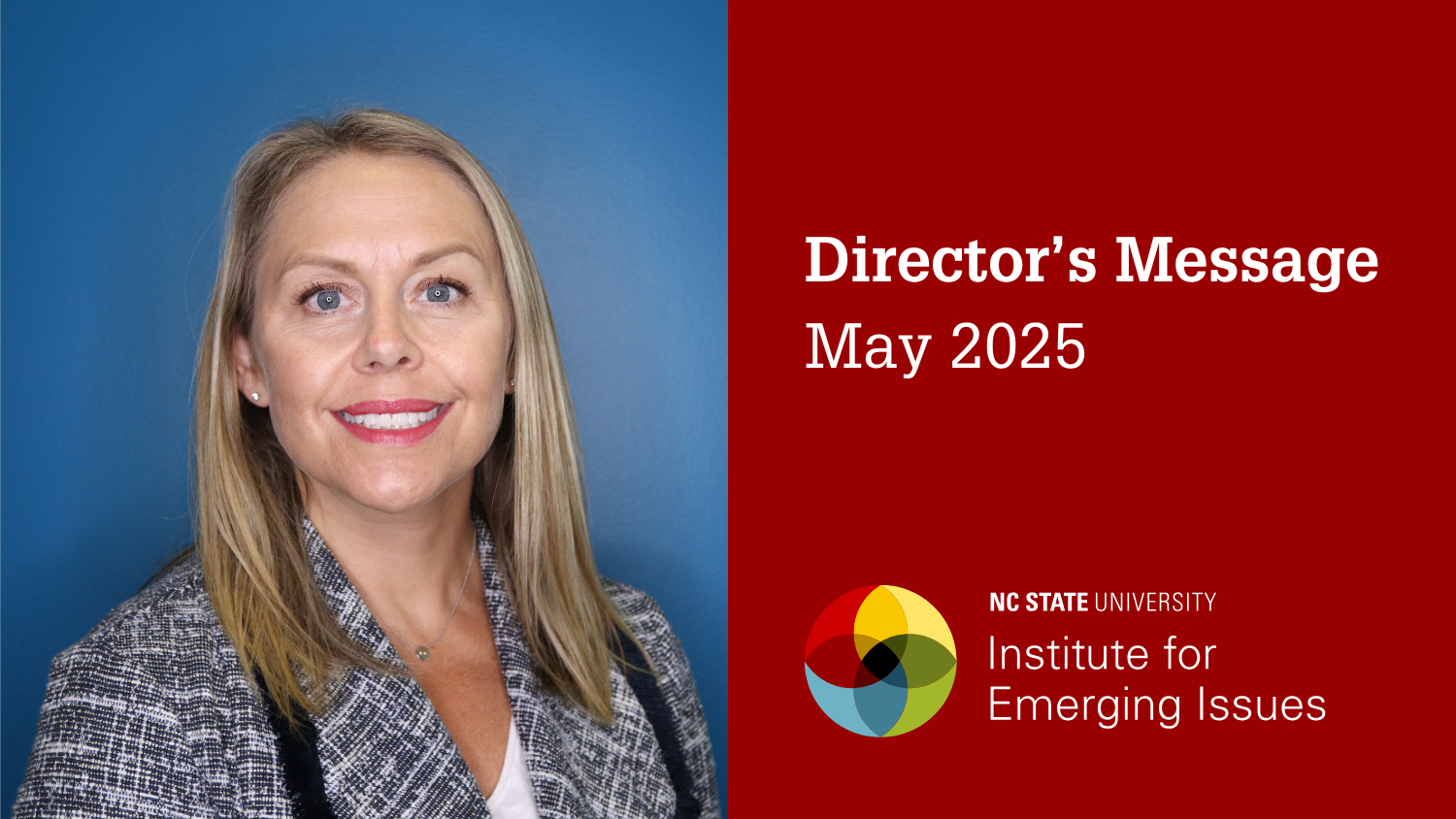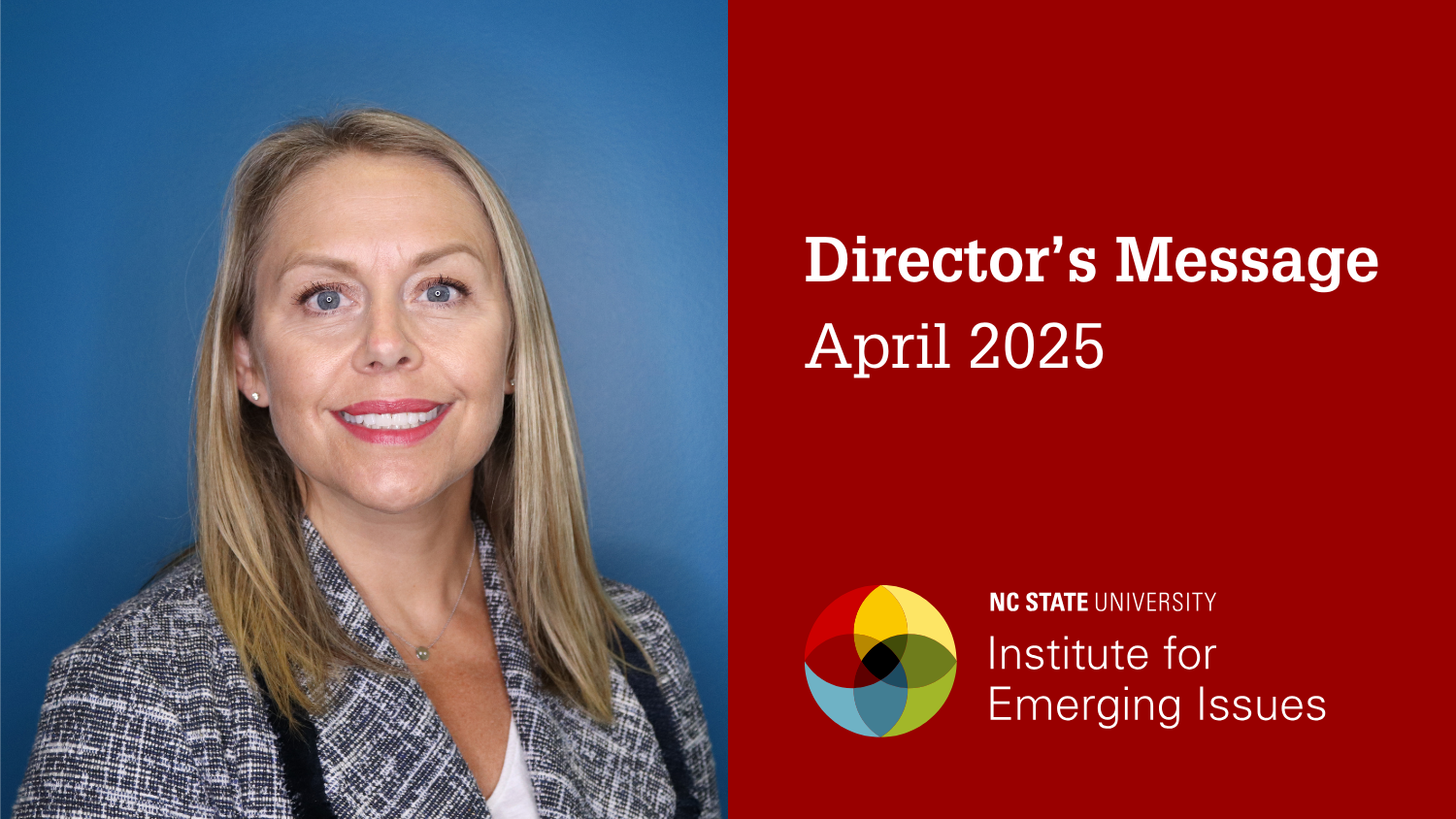Director’s Log | December 2020
 What’s Normal?
What’s Normal?
 This is the season when we traditionally find the identity of the “Time Person of the Year,” the People Magazine “People of the Year,” the Sports Illustrated “Sportsperson of the Year,” the Miriam Webster “Word of the Year” and even the Google “Search term of the Year” (for the record, the answers are Biden/Harris, Fauci/Gomez/King/Clooney; “activist athletes” and, no surprise here, “pandemic” and “coronavirus.”) As far as I know there is no annual selection of “question of the year.” But if there were, one of the top 5 would surely be “When are things going to get back to normal?” I’ve been thinking a lot about that question, and collecting wisdom on the subject. I’m not sure all of you will like my answers.
This is the season when we traditionally find the identity of the “Time Person of the Year,” the People Magazine “People of the Year,” the Sports Illustrated “Sportsperson of the Year,” the Miriam Webster “Word of the Year” and even the Google “Search term of the Year” (for the record, the answers are Biden/Harris, Fauci/Gomez/King/Clooney; “activist athletes” and, no surprise here, “pandemic” and “coronavirus.”) As far as I know there is no annual selection of “question of the year.” But if there were, one of the top 5 would surely be “When are things going to get back to normal?” I’ve been thinking a lot about that question, and collecting wisdom on the subject. I’m not sure all of you will like my answers.
Big point #1: What we consider normal will change:
“For some organizations, near term survival is the only agenda item. Others are peering through the fog of uncertainty, thinking about how to position themselves once the crisis has passed and things return to normal. The question is ‘what will normal look like?’ While no one can say how long the crisis will last, what we find on the other side will not look like the normal of recent years.” Ian Davis, McKinsey and Company (2009)
The crisis Davis was talking about was the Great Recession, not today’s multi-level challenges, but his main idea is undoubtedly true now. We all want this uncertainty, fear and hurt to end – for ourselves and our families, for our communities and organizations, and for our country and the world. Over the course of this year, IEI has shared dozens of conversations with passionate people struggling to figure out how to help their communities and companies deal with “near term survival.” But we’ve also been asking them to “look around the corner” and share their thinking about what our politics and policies and systems and behaviors will look like on the back side of the crisis.
Yogi Berra once noted that it is “very hard to make predictions; especially about the future,” but the ideas that are likely to emerge out of the “fog of uncertainty” are those with leaders who can plan with purpose (see and share and execute a vision), paint a picture (of what success looks like, one that others can see), and persist with passion (there will be setbacks).
Big point #2: What we consider normal should change
”We will not go back to normal. Normal never was. Our pre-Corona existence was not normal other than we normalized greed, inequity, exhaustion, depletion, extraction, disconnection, confusion, rage, hoarding, hate and lack. We should not long to return, my friends. We are being given the opportunity to stitch a new garment, one that fits all of humanity and nature.” Sonya Renee Taylor, Facebook post (April 4, 2020)
I come from a family of architects and I grew up with the stories. When an organization is trying to build a new school or a new bank or even a new house, there was always a group that wants to build the new one “just like the old one; it worked fine.” But the reality is almost always that the site or the setting or the context have changed — there are new building materials; new technologies; new ways of meeting or working – a hundred ways the new building can be improved and work better for everyone.
Former NC Governor Terry Sanford warned in 1963 about the fear so many of us have “of change, any change,” but he also embraced it: “Difficulty,” he said, “Is no excuse for sitting still.” Out of fear and confusion, we also have an opportunity now to say “Behold, I am doing a new thing” (Isaiah 42:19), taking the time to use our new building materials to create a structure that works for everyone. Taylor asks us to “stitch a new garment” that is a fit for humanity. Will we take her up on that within our community groups? Through our county commissions? Across our caucuses and our companies?
Big point #3: There may not be a new normal at all:
“We’re living history, surprise after surprise after surprise. And just when we think we’ve had all the big surprises for a while, along comes another one. If the first two decades of the 21st century have taught us anything, it is that uncertainty is chronic; instability is permanent; disruption is common; and we can neither predict nor govern events. There will be no ‘new normal.’ There will only be a continuous series of ‘not normal’ episodes, defying prediction and unforeseen by most of us until they happen.” Jim Collins, B.E. 2.0 (Beyond Entrepreneurship 2.0) (released December 1, 2020)
The only thing more frightening than an unknown “new normal” is “no new normal,” but I am becoming convinced Collins is right. If that’s the case, we need to spend at least part of the new year thinking what it would mean to reset our selves and our systems on the “constant churn” cycle. What do the leaders of our education systems, UNC President Peter Hans, Independent Colleges President Hope Williams, Community College System President Thomas Stith and DPI Superintendent Catherine Truitt need to change about our systems to help more of us become superadapters? How do companies, nonprofits and government agencies need to change to be ready for continuous change?
In his new book Range, David Epstein notes the amazing progress we have made over the past century in helping people learn how to apply knowledge about one thing in different settings (and the resulting increase in IQ for people across the world). Good start; right direction. But now? We’re going to have to go a lot farther. As computers become better able to do more and more routine tasks, that ability to apply lateral thinking skills in all elements of our life will be what distinguishes humans from machines and enables us to be ready to embrace and overcome uncertainty, instability, disruption and unpredictability. At the December 17 National Competitiveness Forum, Dr. Robert Johnson, President of Western New England University, noted that his mid-20’s children were likely to have over the course of their working life “17 jobs in 5 different industries, and 3 of them haven’t been invented yet…they’re going to need to constantly reinvent themselves.” As someone who’s had 17 different jobs in 5 different sectors, I used to be an outlier. In the future, that will be the norm.
There is so much about 2020 we will want to forget. We have seen jobs and homes disappear. We’ve lost loved ones. We’ve taken blows to our bodies and minds and seen the worst sides of some people. But we have also reminded ourselves of the kindness and generosity of other people, and rediscovered our own resilience, our ability to retool, reimagine, reorganize and overcome.
During the first part of 2021 IEI will be doing strategic planning, trying to thoughtfully examine what we can do to be of service in this great rethink. I hope we can learn from 2020 with the rest of you, and move into 2021 with an “abnormal” amount of new energy and optimism. Let’s get to work together!
- Categories:


